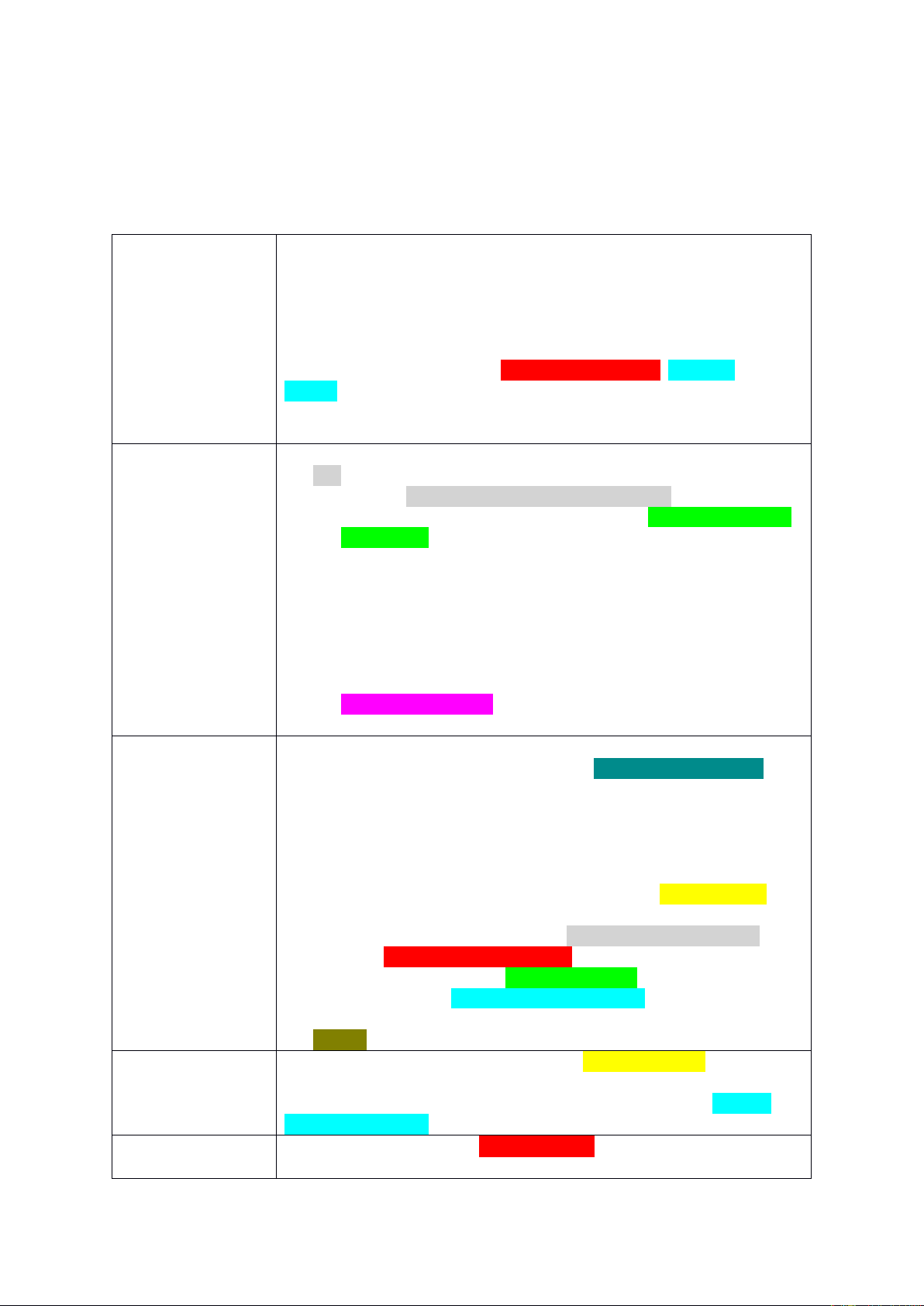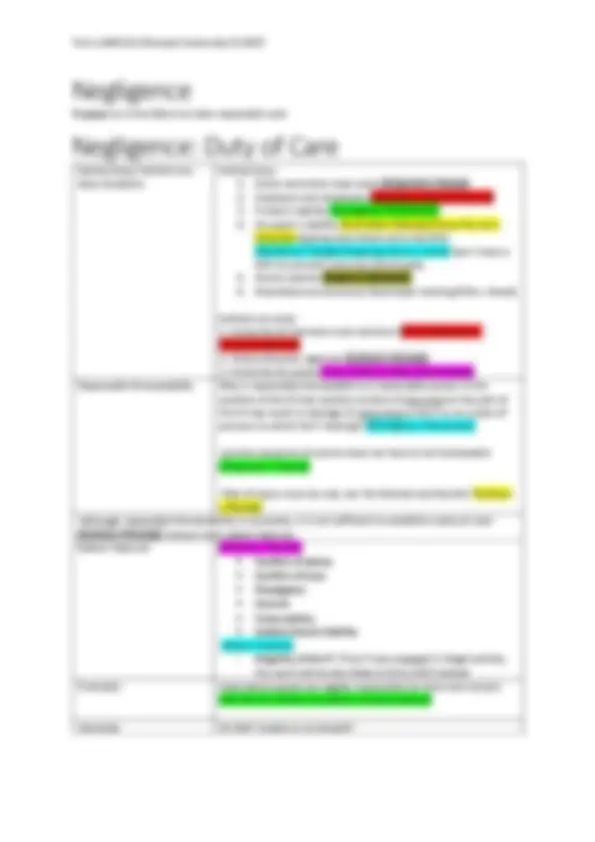



Study with the several resources on Docsity

Earn points by helping other students or get them with a premium plan


Prepare for your exams
Study with the several resources on Docsity

Earn points to download
Earn points by helping other students or get them with a premium plan
Community
Ask the community for help and clear up your study doubts
Discover the best universities in your country according to Docsity users
Free resources
Download our free guides on studying techniques, anxiety management strategies, and thesis advice from Docsity tutors
Exam notes for the monash university law1113 torts course in semester 2, 2017. The notes cover private nuisance, including the legal test for standing to sue, who can be sued, and the unreasonable interference with the use and enjoyment of land. The document also discusses negligence, the duty of care, and remedies for torts, including damages and injunctions.
Typology: Exams
1 / 3

This page cannot be seen from the preview
Don't miss anything!


Torts 1113 Exam Notes Sample
An unreasonable interference with the P’s use and enjoyment of the land Standing to sue In order to sue, the P must be in exclusive possession of land PI with exclusive right to possession of land
Legal test: 1. Language used by the legislator must be mandatory, must mandate you to do something